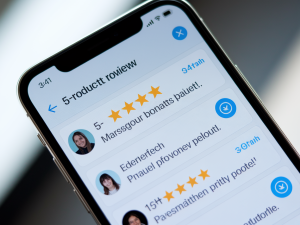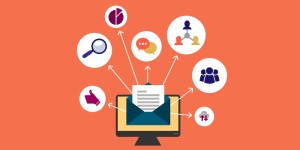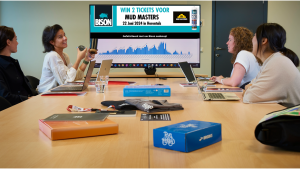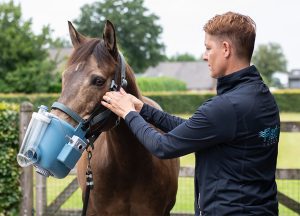The psychology behind incentives
Incentives speak directly to the reward centre in our brain. Upon seeing an offer, our body produces dopamine – the happiness hormone. This explains why consumers are more likely to make purchases when there is a reward in sight. Research shows that especially in online environments, this effect is amplified by the instant availability of products.
The different forms of incentives
In the modern retail world, different types of incentives exist:
- Instant discounts: Immediate price reductions
- Cashback Promotions: Money back after purchase
- Free products: Additional items with purchase
- Digital vouchers: Discount codes for subsequent purchases
- Loyalty points: Savings systems for regular customers
Each form has its own effectiveness, depending on the target audience and the product.
Promotion Effects in Online Environments
The effect on impulse purchases
Recent research on livestream shopping shows that promotions have a significant effect on impulse purchases. It creates a “flow experience” where consumers are more likely to make a purchase. In the online fashion industry, for example, targeted promotions lead to a 45% increase in unplanned purchases.
The role of timing
The moment at which incentives are offered plays a crucial role:
- Beginning of the customer journey
- During basket filling
- When in doubt (abandoned cart)
- After purchase (for repeat purchases)
Data shows that especially the moment just before checkout is effective for conversion.
Online vs Offline incentives
The effectiveness of promotions differs between online and offline channels:
Aspect | Online | Offline |
Conversion rate | 32% higher | 18% higher |
Turn-in rate | 28% higher | 15% higher |
Measurability | Direct | Delayed |
Personalisation | Very high | Limited |
The value of data analysis
Modern incentive marketing is all about data. By analysing:
- Search behaviour
- Click patterns
- Purchase history
- Responses to previous promotions
companies can make their offers increasingly effective.
The impact on brand loyalty
Well-designed incentive programmes strengthen the bond between consumer and brand. Research in the automotive industry shows that promotions, combined with product quality, lead to higher brand loyalty. This effect is especially strong when incentives are linked to a loyalty programme.
The digital landscape of incentives
The digital age has dramatically changed the way incentives work. Online platforms enable real-time customisation of promotions based on consumer behaviour. Research shows that personalised digital offers have a 23% higher conversion rate than general promotions. For more information on digital campaigns, please visit our product campaign page.
Measurable Results and KPIs
In modern incentive marketing, the following metrics are crucial:
- Conversion rate
- Customer lifetime value (CLV)
- Repeat purchases
- Average order value
- Return on Investment (ROI)
These metrics help optimise future campaigns.
The Psychology of Value Creation
The success of incentives lies not only in the discount or reward itself. Important psychological factors are:
- Urgency: Time-bound offers
- Exclusivity: Personalised deals
- Reciprocity: The tendency to give something back
- Social proof: Others take advantage of it too
- Loss aversion: Fear of missing out on a good deal
Forward-looking strategies
The future of incentive marketing lies in:
- AI-driven personalisation
- Real-time adjustments
- Multi-channel integration
- Sustainable rewards
- Gamification elements
The Role of Fulfillment
A successful incentive programme hinges on good execution. Fast processing and accurate delivery are essential for customer satisfaction. Read more about professional fulfilment services.
Legal Considerations
When setting up incentive campaigns, consideration must be given to:
- Privacy law (GDPR)
- Gaming law
- Advertising law
- Consumer protection
Building Sustainable Customer Relationships
The ultimate goal of incentive marketing is to build long-term customer relationships. This requires:
- Consistent communication
- Reliable execution
- Relevant rewards
- Transparent terms and conditions
The right use of incentives can have a powerful impact on consumer behaviour and business results. With more than 20 years of experience, Service Bureau Jansen understands like no other how to design and implement effective incentive campaigns.
Do you have questions about optimising your incentive strategy? Fill in the contact form below and find out how we can help you achieve your goals.





